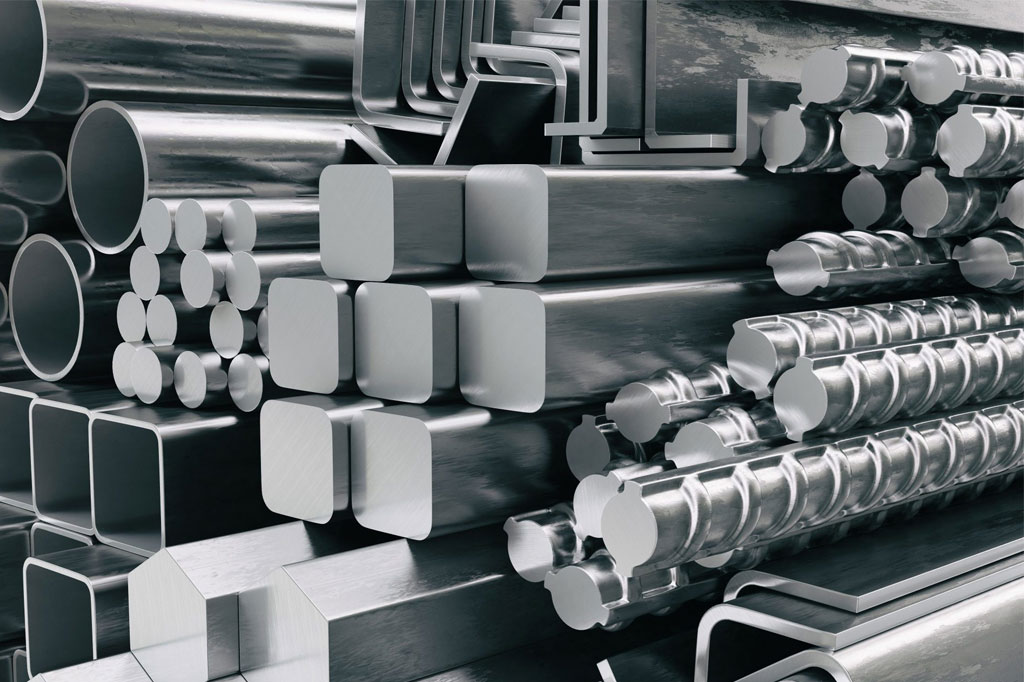Stainless steel is a highly versatile and widely utilized material, valued for its corrosion resistance, strength, and attractive appearance.
Its adaptability to various industries has made it a popular choice for manufacturing everything from kitchen appliances to medical instruments and automotive parts.
Stainless steel can be categorized into five types based on its chemical composition, structure, and mechanical properties: Austenitic, Ferritic, Martensitic, Duplex, and Precipitation Hardening.
Each type is unique in its features, common grades, and applications.
Property | Austenitic Stainless Steel | Ferritic Stainless Steel | Martensitic Stainless Steel | Duplex Stainless Steel | Precipitation Hardening Stainless Steel |
Crystal Structure | Face-Centered Cubic (FCC) | Body-Centered Cubic (BCC) | Body-Centered Cubic (BCC) | Mixed: FCC & BCC | FCC with strengthening precipitates |
Main Alloying Elements | High Ni and Cr content | High Cr, low Ni | High Cr, moderate C | Balanced Cr, Ni, Mo, N | High Cr, Ni, Mo, and Al or Ti |
Corrosion Resistance | Excellent | Good | Moderate | Superior | Excellent with heat treatment |
Mechanical Strength | Moderate | Moderate | High | High | Very high after aging treatment |
Ductility and Toughness | Excellent | Moderate | Low | Good | Moderate |
Weldability | Excellent | Moderate | Poor | Good | Moderate |
Magnetism | Non-magnetic | Magnetic | Magnetic | Slightly magnetic | Magnetic |
Hardness | Low to moderate | Low to moderate | High | Moderate | Very high after aging |
Heat Treatment | Non-hardenable by heat treatment | Non-hardenable by heat treatment | Hardenable | Non-hardenable | Hardenable with precipitation processes |
Cost | High | Moderate | Moderate | High | High |
1. Austenitic Stainless Steel
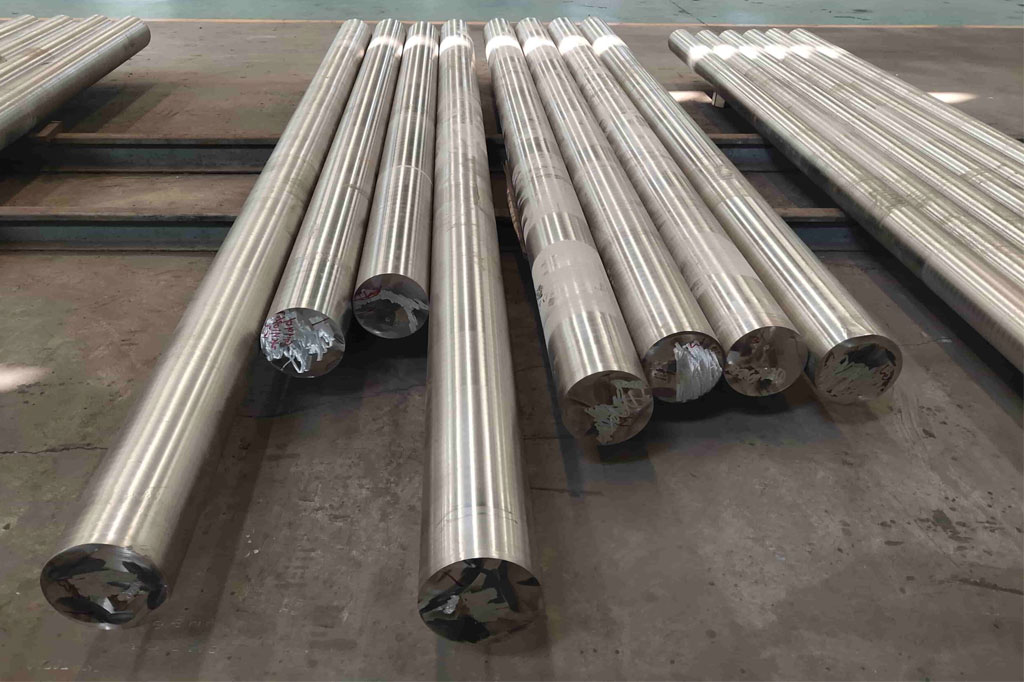
Features:
- Exceptional resistance to corrosion, including pitting and crevice corrosion.
- Non-magnetic in the annealed condition.
- Excellent weldability and formability.
- High resistance to oxidation.
- Good strength and toughness across a wide range of temperatures.
Common Grades:
- 304: The most popular and widely used grade, offering strong corrosion resistance and ease of fabrication.
- 316: Contains molybdenum, offering improved resistance to corrosion, particularly in chlorides and seawater environments.
- 309: Known for its ability to withstand extreme high temperatures, this material is typically used in furnace parts and components.
Applications:
- Kitchen appliances (e.g., sinks, countertops, and cookware).
- Chemical processing equipment.
- Food and beverage production.
- Pharmaceutical equipment.
- Medical devices, including implants.
2. Ferritic Stainless Steel
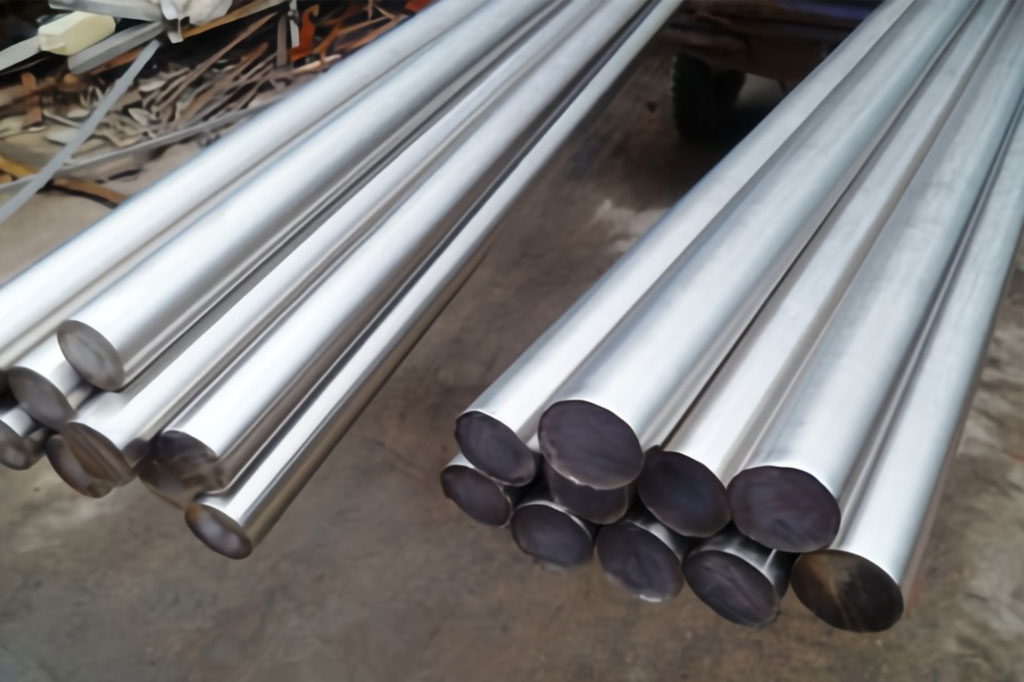
Features:
- Moderate corrosion resistance.
- Strong resistance to stress corrosion cracking.
- Less ductile than austenitic steels but still provides reasonable toughness.
- Cost-effective due to the lack of nickel.
Common Grades:
- 430: Commonly found in appliances and automotive parts for its corrosion and oxidation resistance.
- 409: Mainly used in automotive exhaust systems for its heat resistance.
- 441: A higher grade with improved resistance to corrosion, often used in architectural and automotive applications.
Applications:
- Automotive exhaust systems.
- Architectural applications (e.g., cladding and panels).
- Kitchen appliances (e.g., dishwashers).
- Industrial equipment where moderate corrosion resistance is required.
3. Martensitic Stainless Steel
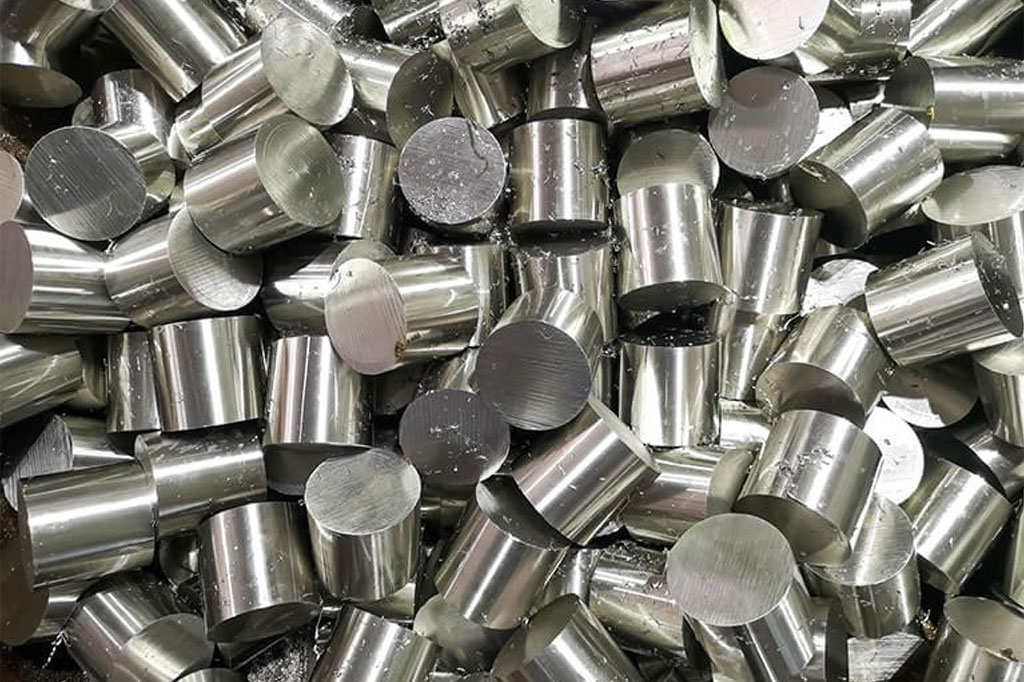
Features:
- High hardness and strength, particularly in hardened conditions.
- Poor corrosion resistance compared to austenitic and ferritic steels.
- Good wear and abrasion resistance.
- Can be heat-treated to achieve different hardness levels.
Common Grades:
- 410: The most common grade, providing good hardness and wear resistance for tools and industrial applications.
- 420: A higher carbon version, offering better wear resistance and used in applications like knives and surgical instruments.
- 440C: One of the hardest stainless steels, typically used in high-end cutting tools and bearings.
Applications:
- Cutting tools (e.g., knives, scissors).
- Surgical instruments.
- Bearings and valves.
- Pumps and compressors.
- Structural components in the automotive industry.
4. Duplex Stainless Steel
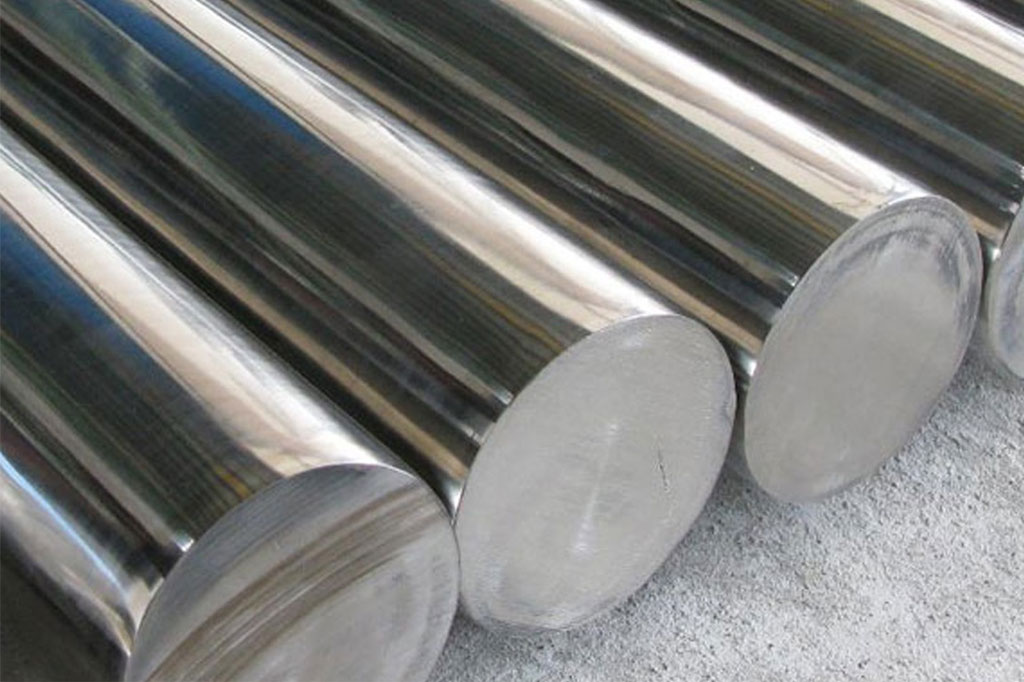
Duplex stainless steel is a unique alloy that combines both austenitic and ferritic microstructures, providing a balanced combination of high strength, excellent toughness, and superior resistance to corrosion. Its higher chromium content enhances its ability to resist pitting, crevice corrosion, and stress corrosion cracking, making it ideal for demanding environments.
Features:
- Offers superior strength compared to austenitic and ferritic steels.
- Exceptional corrosion resistance, especially in aggressive environments.
- Better resistance to stress corrosion cracking.
- Good weldability and formability.
Common Grades:
- 2205: The most commonly used duplex stainless steel is ideal for industries requiring high strength, excellent corrosion resistance, and durability, such as chemical processing, marine environments, and power generation applications.
- 2507: A super duplex steel with higher chromium and molybdenum content, providing superior resistance to chloride stress corrosion.
Applications:
- Chemical and petrochemical industries.
- Marine environments (e.g., shipbuilding).
- Oil and gas industry.
- Heat exchangers and pressure vessels.
- Wastewater treatment facilities.
5. Precipitation Hardening Stainless Steel
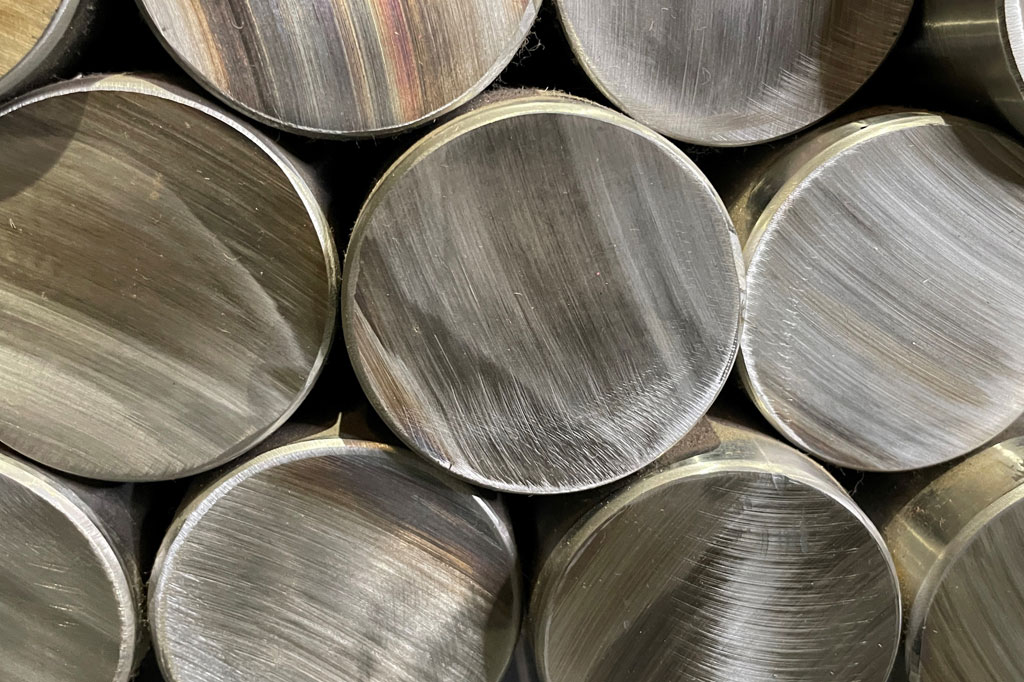
Precipitation hardening stainless steel is designed to provide high strength through heat treatment, which precipitates alloying elements in the material. This type offers a good balance between strength, corrosion resistance, and toughness.
Features:
- High strength, achieved through heat treatment.
- Excellent fatigue and stress-to-rupture resistance.
- Good corrosion resistance.
- Less formable than austenitic steels but offers high mechanical properties.
Common Grades:
- 17-4 PH: One of the most widely used precipitation hardening grades, known for its strong strength and corrosion resistance.
- 15-5 PH: Known for its good toughness and strength in both welded and non-welded conditions.
- 13-8 Mo: Offers high strength and corrosion resistance, particularly suitable for aerospace and defense applications.
Applications:
- Aerospace components.
- Chemical processing equipment.
- High-strength valves and pumps.
- Marine hardware.
- Nuclear power industry components.
Factors to Consider When Choosing Stainless Steel Type
When choosing the right stainless steel for a particular application, several factors need to be considered to ensure optimal performance. These include corrosion resistance, strength and hardness, workability, and cost.
Corrosion Resistance:
Various stainless steel types offer different levels of corrosion resistance. Austenitic steels, particularly 304 and 316 grades, provide the best resistance to a wide range of corrosive environments, including seawater, acids, and chemicals. Ferritic and martensitic steels have moderate corrosion resistance, while duplex steels offer superior performance in challenging environments.
Strength and Hardness:
Martensitic stainless steels are well-suited for environments demanding both high hardness and exceptional wear resistance. Precipitation hardening stainless steels, known for their remarkable strength, excel in applications where heat treatment is applied to increase their hardness further. Duplex stainless steels stand out by combining the benefits of strength and resistance to corrosion, making them perfect for heavy-duty industries like oil and gas. Austenitic steels, while offering decent strength, are more flexible and less rigid, which can be beneficial for forming and welding applications.
Workability:
Austenitic stainless steels are highly formable and easy to weld, making them ideal for complex designs and applications requiring shaping. Duplex steels are also relatively easy to weld but may require special care to prevent issues like sensitization. Martensitic and ferritic steels are more difficult to form and weld, requiring precise handling during fabrication.
Cost:
Austenitic stainless steels tend to be the most expensive due to their high nickel content. Ferritic steels are generally more cost-effective since they lack nickel, but their corrosion resistance is not as high. Martensitic steels are also relatively affordable but offer less corrosion resistance. Duplex and precipitation hardening steels are also more costly because of their superior properties.

